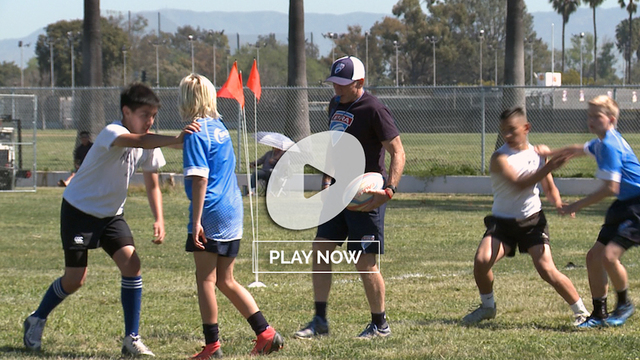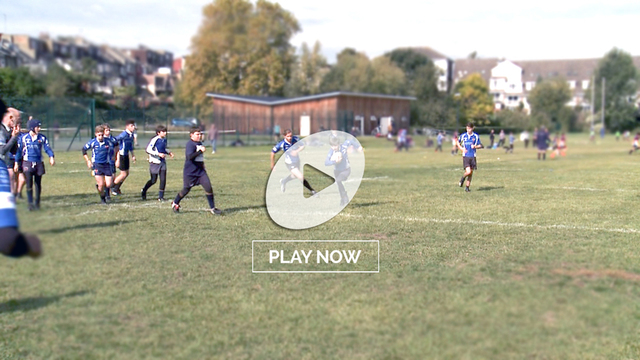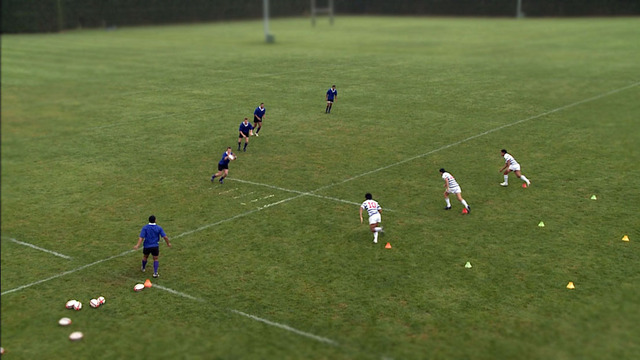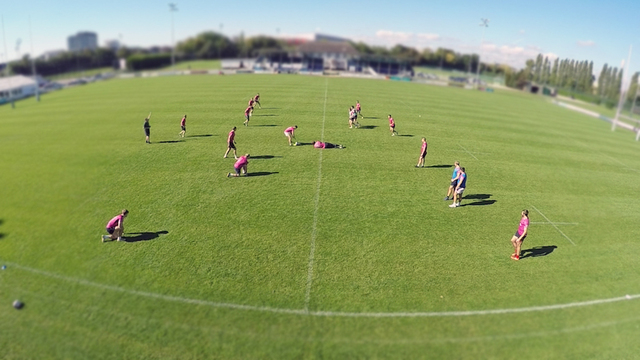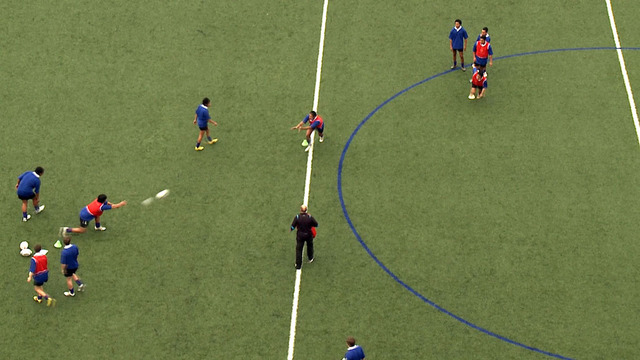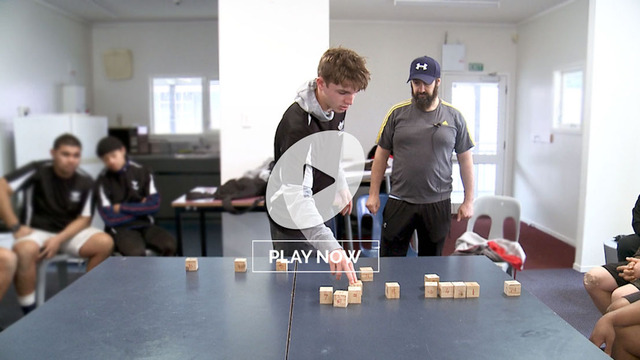Modern pod systems have been transformed by the new breakdown guidelines, which quickened the tempo of attack considerably. But if the new emphasis on lightning-quick, 0-3 second ball from the ruck created myriad problems for the defence, it also generated a fair few for the attacking side as well.
‘The quickening’ allowed less time for the offence to regroup and drop into set pod formations like the 2-4-2 or the 1-3-3-1, and these are now rare birds at elite level. While one forward will likely continue to drop to either edge in multi-phase play, the roles of the other six forwards in between them are far more fluid than they used to be.
The recent November tour match between Ireland and Australia illustrated the main priorities in the modern game: quick and flexible regroupings with the old pod systems broken up into smaller units. Both teams struggled to defend the same base formation in Dublin, with one three-man forward pod off #9 and another two forwards operating ahead of the #10 outside them.
The first example occurred with the Wallabies in possession in the 9th minute:
The first pod of three forwards stands short to #9, with #10 standing shallow [no more than one metre] behind them. The second pod of two forwards are also short, so that play has still not crossed to far side of the field after the second pass is delivered. Typically, the spacings in the old 1-3-3-1 shape would be far wider, and the passes longer. The first pass out of pod is made directly behind the passer, the second is as flat as it can be, and it catches the Ireland #12 [Bundee Aki] still ‘in transit’ – looking to regroup to the far left edge of the field.
Ireland’s turn came in the 28th minute:
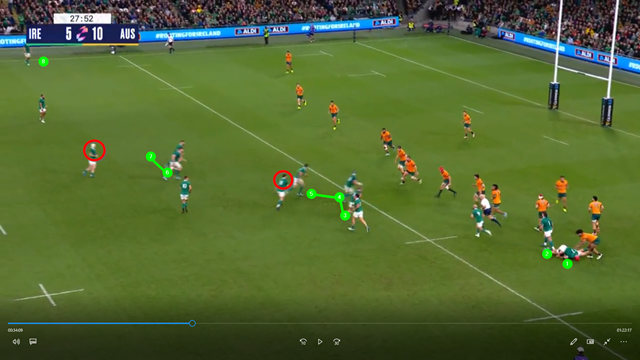
Again, one pass directly pulled behind out of pod, the second as flat as possible, with both pods compressed to one side of the pitch. The wider shot shows the distribution of forwards: two have cleared out the previous ruck on the right, one is standing on the left edge, with the “3” and the “2” occupying the middle between the two 15’s.
Summary
The arrival and expectation of LQB has changed life for attackers and defenders alike. Set pod formations like the 1-3-3-1 are a thing of the past, and it is all about quick regroupings and even quicker ‘chain’ passing.



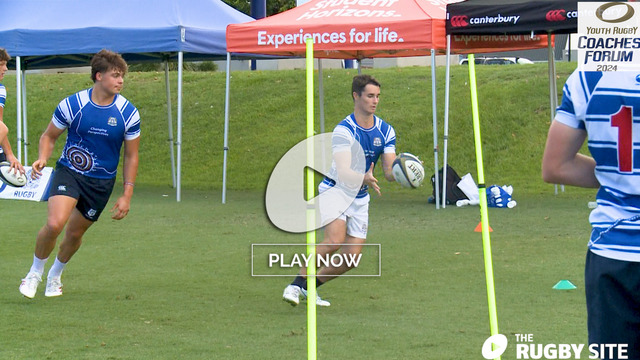
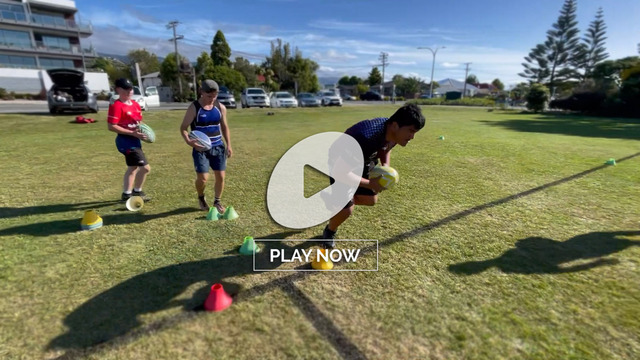
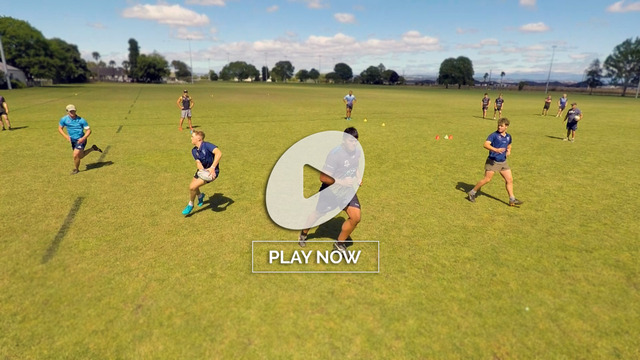
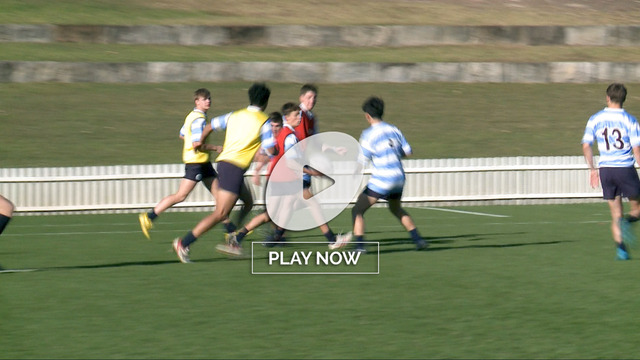

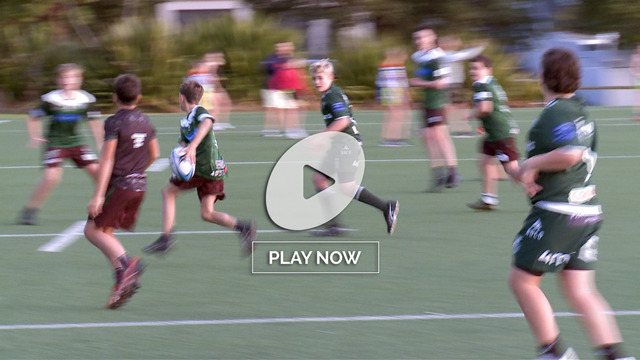
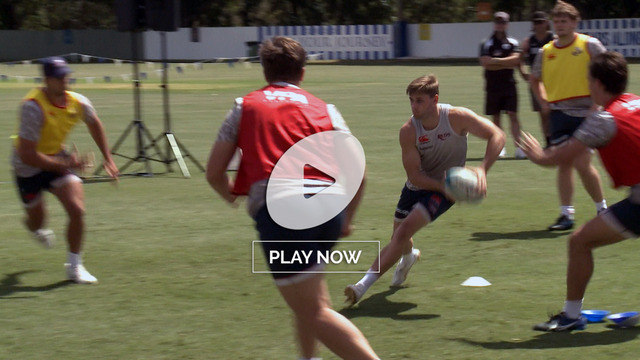
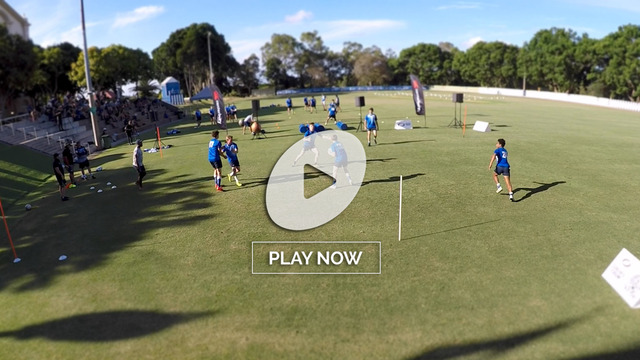
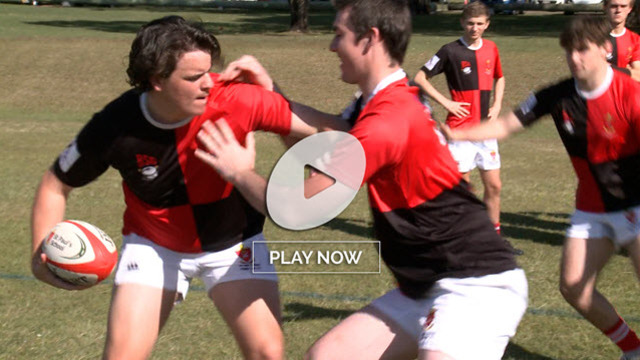
.jpg)
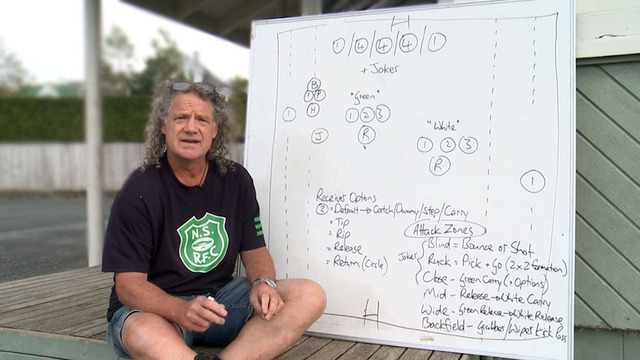
.jpg)
